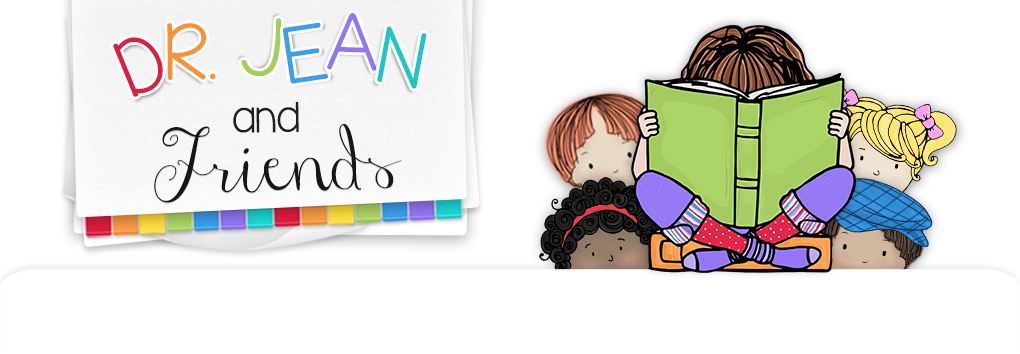Here’s an
article I just finished for an online magazine. It’s a reminder to shut your door and sing LOUD!
I was a lucky
little girl. You see, when I grew
up we didn’t have television, computers, or videos. I was left to my imagination and my little record
player. I can remember sitting for
hours on the floor of our dining room with my red and yellow records singing “I’m
a Little Teapot” and “Pop Goes the Weasel.” My mother didn’t realize it at the time, but that was one of
the best activities for stimulating my brain and developing my literacy
skills. She just knew it
entertained me and made me happy.
The world has
changed a great deal over the past sixty years, but children today are very
similar to the little girl I once was.
They LOVE music! There’s nothing like a good song to put a smile on a
child’s face. There’s nothing more
rewarding than to see their eyes dance and say, “Do it again!” And there is nothing you can say or “teach”
a child that will stay in their heart like a song.
According
to accumulating brain research, music is one of the most powerful learning
tools. Here are ten great reasons
to sing with children:
- Music is
multi-sensory. The more
senses you get going to the brain, the more likely the message will get
there.
- If children
are exposed to concepts while singing, it is easier for them to learn when
formally introduced.
- Music
activates the brain. It can
be used as an “indicator” to help children know what to expect and
energize learning.
- Music nurtures
phonological awareness (alliteration, rhyme, etc.).
- Songs and
chants are a natural way to develop oral language, auditory memory, and
fluency.
- Poems and
songs lay a foundation for common knowledge.
- Children
are able to use their imaginations and create pictures in their brains
when they sing. This is an
important part of reading comprehension.
- Repetition
is a key to learning. It is
much more fun to repeat songs than worksheets!
- Singing and
dancing relieve stress and oxygenate the brain.
- Through
music and movement ALL children can feel successful.
But nobody sings
anymore! There is a whole
generation who doesn’t know nursery rhymes or traditional tunes. The good news is you can put music back
in your children’s lives and it won’t cost you a thing. You don’t need to be a rock star; you
don’t need to play an instrument; you don’t even need an iPod. Just open your mouth and SING! Sing in the morning, sing when you
clean up, sing during transitions, sing at the end of the day. Sing, sing, sing!
Here are some of
my favorites I’ve sung over the years as a child, teacher, and parent. If you aren’t familiar with these
tunes, there’s probably a video on the internet that can teach you. Look in your own memory bank for songs
you remember from school, camp, or scouts. Share them!
Keep them alive!
SKIP TO MY LOU IF
YOU’RE HAPPY
FRERE JACQUES SHORTNIN’
BREAD
MUFFIN MAN MULBERRY
BUSH
BINGO ROW
YOUR BOAT
LASSIE AND LADDIE FOUND
A PEANUT
HUMPTY DUMPTY ITSY
BITSY SPIDER
HICKORY DICKORY
DOCK OLD
MACDONALD
TWINKLE LITTLE
STAR RING
AROUND THE ROSIE
LONDON BRIDGE MARY
HAD A LITTLE LAMB
SHE’LL BE COMING ROUND I’VE BEEN WORKING ON THE
THE MOUNTAIN RAILROAD
YANKEE DOODLE YOU ARE MY SUNSHINE
THIS OLD MAN FARMER IN THE DELL
THREE BLIND MICE IT’S RAINING
WHEELS ON THE BUS THE BEAR WENT OVER
THE MOUNTAIN
A TISKET A TASKET POP GOES THE WEASEL
I’M A LITTLE TEAPOT MY BONNIE
HUSH LITTLE BABY MY DARLIN’
CLEMENTINE
Think of these songs as special “gifts”
your children can keep in their hearts
and open again and
again all their lives. Someone
once said, “People sing
because they’re happy, and they’re happy
because they sing!” Come on!
Get happy and SING!


















